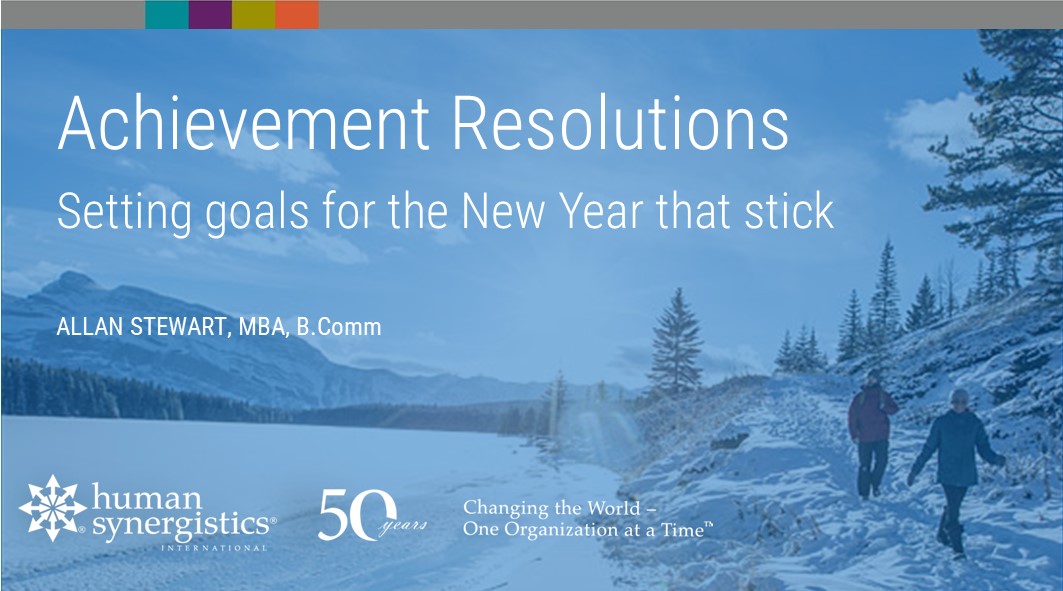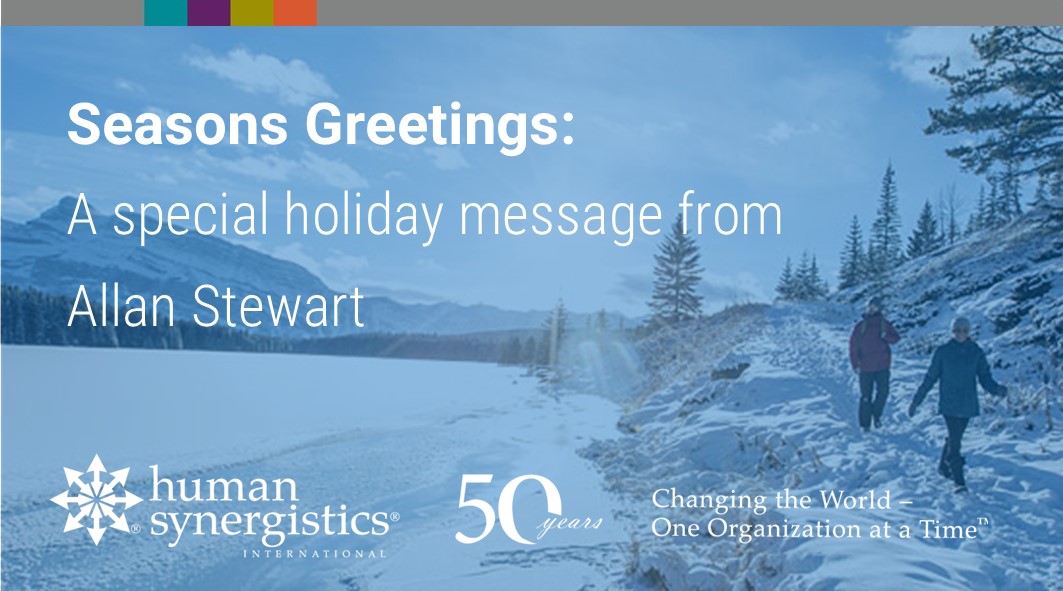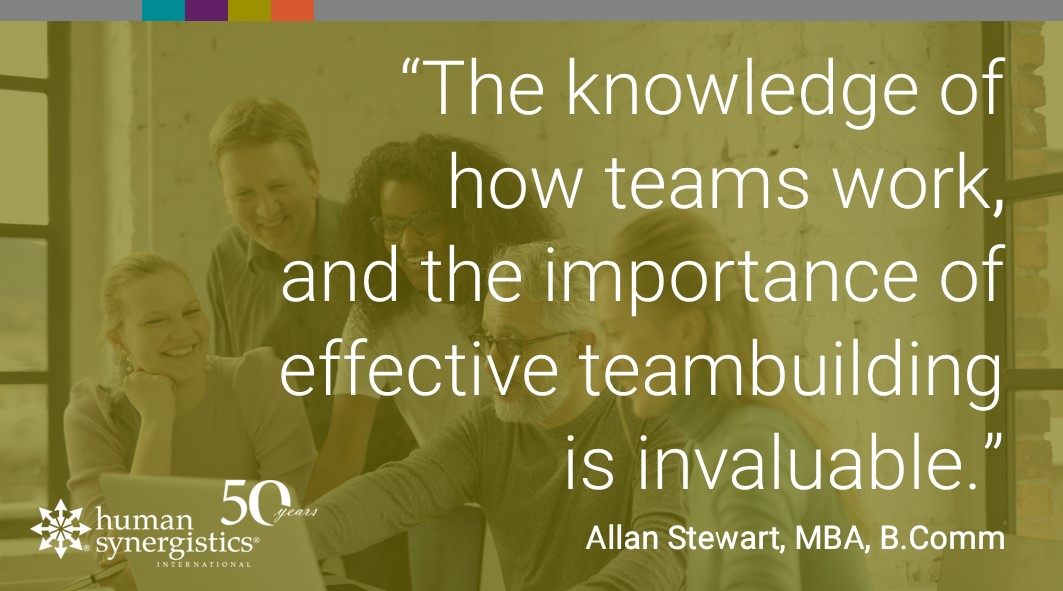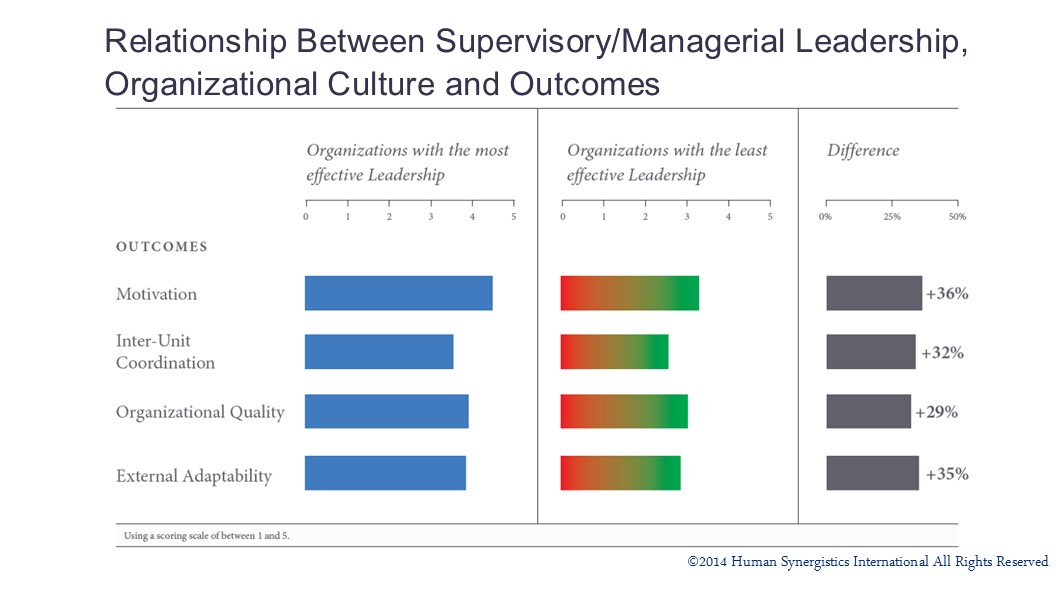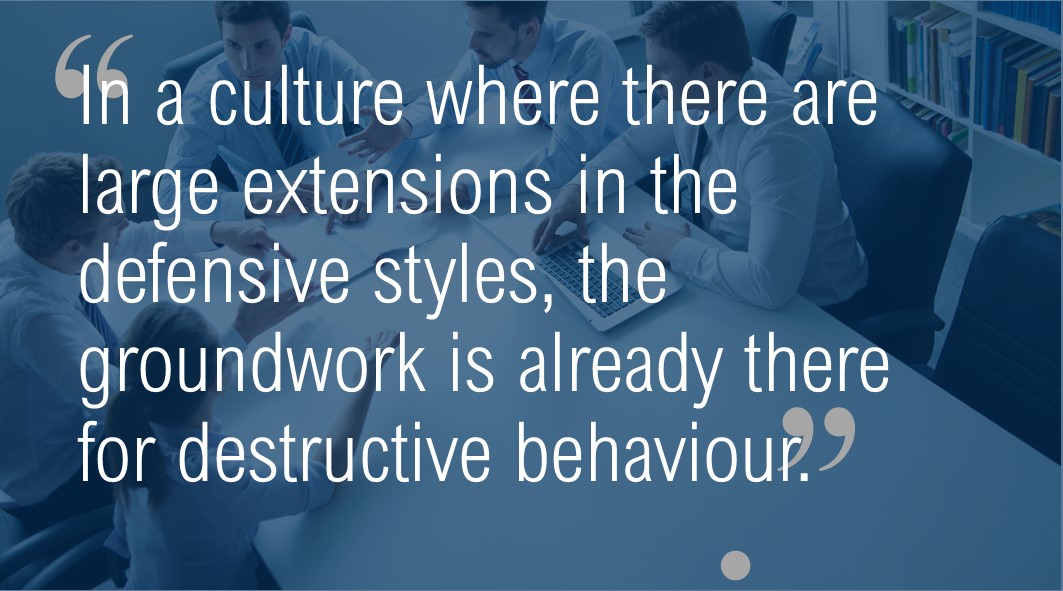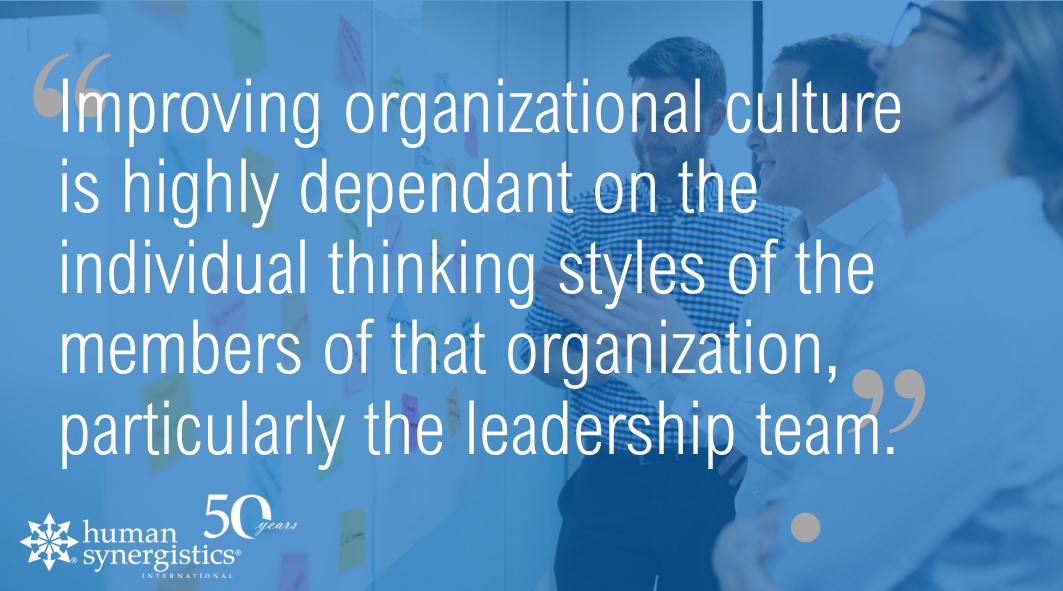There is much confusion around the difference between organizational culture and organizational climate – and even more confusion around measuring them. Many assume that they are the same thing or at least very similar.
Organizational climate is easier to understand. Climate is usually split into two components: the work environment, and the feelings of the people in that environment. In the workplace, environment includes job design, HR systems, management practices, and company structures such as buildings and furniture. These components, plus how people feel about them, results in climate. A simple analogy for climate is the weather and how you feel about it.
There are thousands of climate surveys available, most of them “hand-made” by an internal HR manager or by a newly minted management consultant. Climate surveys include engagement surveys, satisfaction or opinion surveys, and their weaker cousins, pulse surveys. Most climate surveys are not tested for validity or reliability.
Organizational culture is vastly different from climate and is more difficult to understand. Dr. Rob Cooke of Human Synergistics International has described organizational culture as “the consciously-held notions shared by members that most directly influence their attitudes and behaviours.” He further explains that “these notions, technically called behavioural norms, describe the behaviours that all members understand that are expected of them.” (Human Synergistics OCI Interpretation & Development Guide)
Measuring culture requires a more sophisticated instrument. One has to determine whether or not people are expected to think and act for themselves or whether they are expected to wait for instructions – even if it never comes. Also, to accurately measure something as complex as culture, one must use an assessment that has proven validity and reliability.
The most important difference between Climate and Culture lies with what their surveys tell organizations, and what organizations can do with this information. What does each survey predict and how can organizations change their results?
Let’s suppose that it has snowed overnight. A Climate Survey would tell you that the ground is covered by a foot of snow, the temperature is -10° C, and two out of three people are upset. A Culture Survey measures what members of an organization are expected to do about the snow. Do they shovel the snow off the sidewalk and driveway? Do they wait until someone tells them when and how to shovel the snow? Or do they wait and see if the snow melts?
Merely knowing that it is cold and snowy doesn’t say much about how people are going to react or behave. Knowing that two-thirds of the people are upset does not predict whether people will clear any snow, nor the quality of any snow removal, if it even occurs. We might be able to link an increase in illness and turnover to the fact that two-thirds of the people are dissatisfied, but it would be dangerous to assume that their dissatisfaction is only caused by the snow and cold.
If culture is accurately measured, however, not only can we predict the quality of the snow removal, we can also predict their level of engagement with the project. Measuring culture with a valid and reliable survey will enable you to predict employee engagement as well as service and product quality. Depending on the quality of the assessment, a good survey will also indicate some of the key levers for improving a culture, and by extension, improve employee engagement and service and product quality.
At best a Climate Survey can only predict outcomes such as sick pay, turnover, and grievances. But it cannot predict key quality or productivity outcomes. More importantly, a Climate Survey seldom provides or indicates strategies for change. Why, for example, will one organization have two-thirds of their members dissatisfied with snow, whereas another has only a five percent level of dissatisfaction with snow? Additionally, if the Climate Survey is too short or poorly constructed then it might not be measuring what it purports to measure (validity). In such cases, taking action based on the survey might be dangerous and unethical.
A Climate Survey such as Employee Engagement measures what employees can see around as well as people’s opinions or feelings about what they see. An accurate Employee Engagement survey can be linked to outcomes such as wellness and turnover. However, it is difficult to pinpoint causes of dissatisfaction measured by the survey – and more difficult to know how to fix these causes.
A Culture Survey measures what people believe they are expected to do in order to “fit in”. It measures members’ attitudes, values, and behaviors. As such, organizational culture is a strong predictor of employee engagement, product and service quality, and the long-term viability of the organization. Furthermore, the causes of culture are well known and can be clearly measured.
It is nice to know what your organizational climate is. But you need to know what your organizational culture is.
